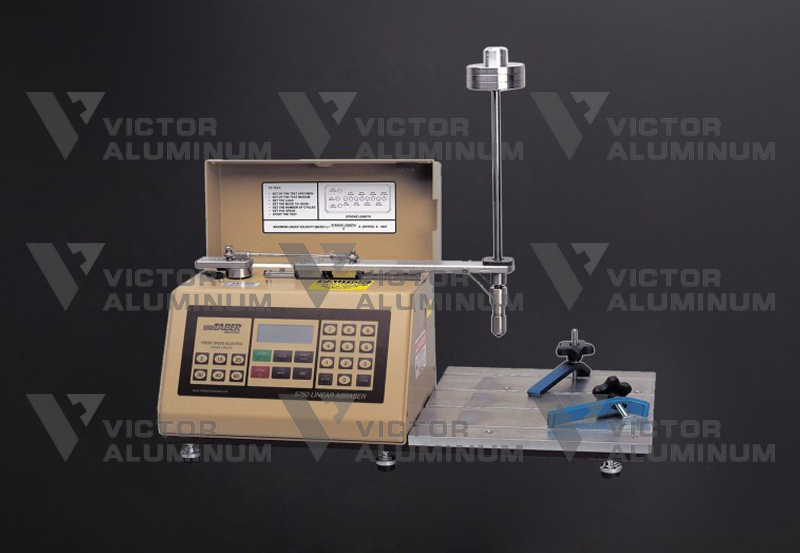Surface Quality Assurance? - Lab-Test a Must
Ever since we shifted our focus to fabrication and surface treatment on high-end electronic products, we have made it the backbone to operate under stringent quality control on product surface.
1. Salt-spray Test: using salt-spray test device mimicking a salt-saturated environment to test corrosion-resistance of a product.
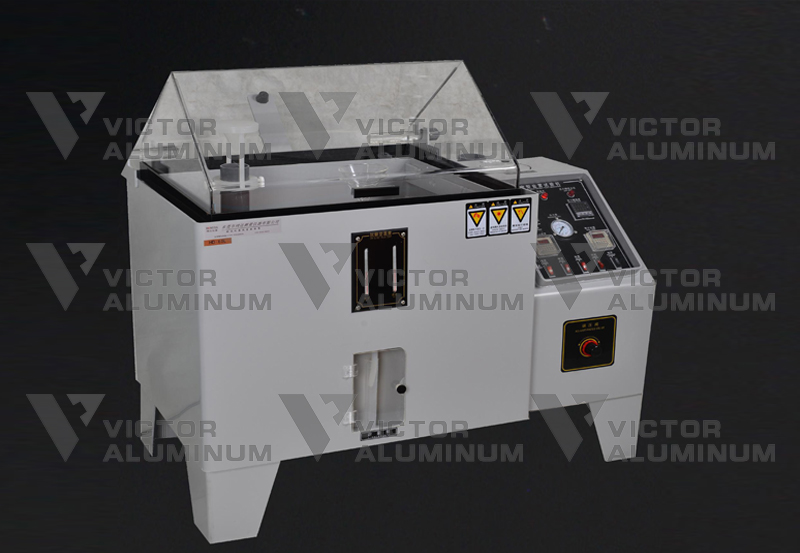
2. Cross-Cut Test: by using the tooling to cross-cutting on coated surface in checkerboard pattern as specified, to analyze the coating film integrity of each checker square to determine how well the coating film is bonding to the part and its bonding grade.
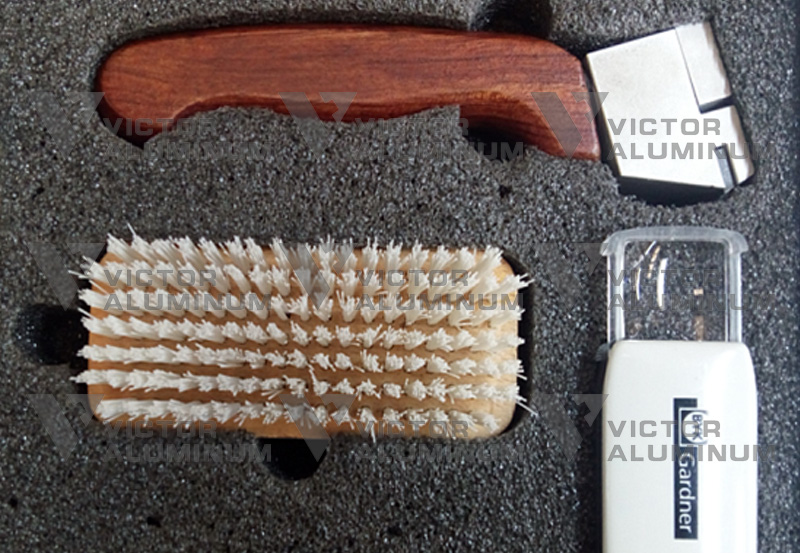
3. Glossiness Test – typically by using a Gloss-meter. The device comprises a projector and a receptor, where the projector emits light beams to the targeted surface, which returns a tapered beam to be received by the receptor to determine the returning or reflective ratio of the beam.
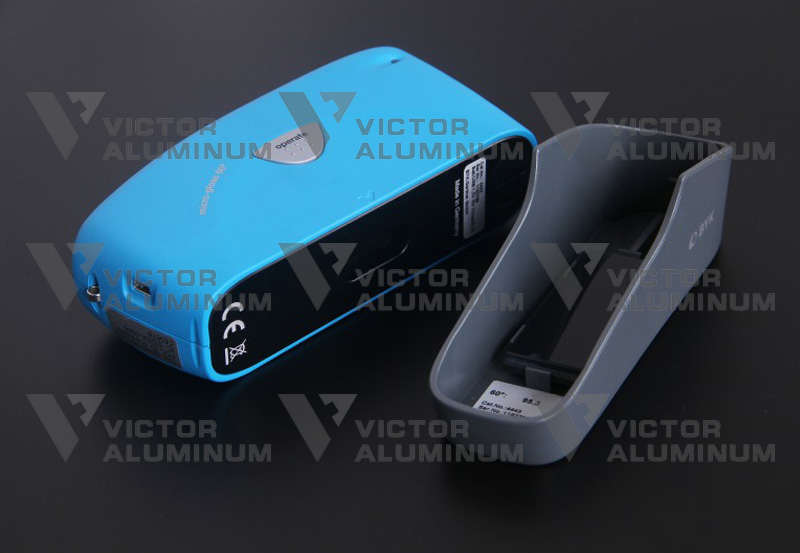
4. Film-Thickness Test: the film-thickness testing device using X-Ray to traverse the metal coating film before hitting the metal layer to return reflective energy wave spectrum to calculate product surface coating thickness.
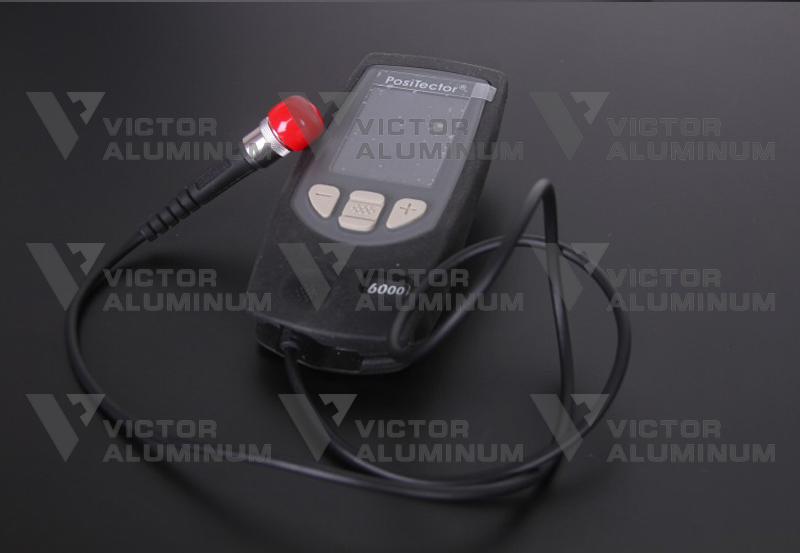
5. Colour-Variance Test: by using a chromometer, a product specimen will be read and obtained the color range(expressed in L*a*b) of which the absolute value of the differences will be used as markers (or standards). Then production parts can be tested and measured against these markers to determine how far the it deviates and in which way.
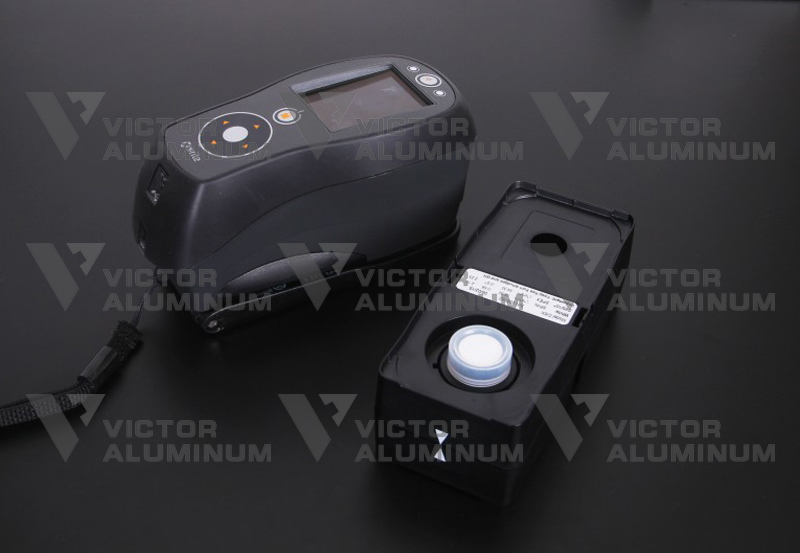
6. Abrasionand Wear Test: by positioning the friction and reference spots according to the size of the part, the test is performed through relative motion between the product surface and abrasion device for designated times and evaluated after against product specimen.
